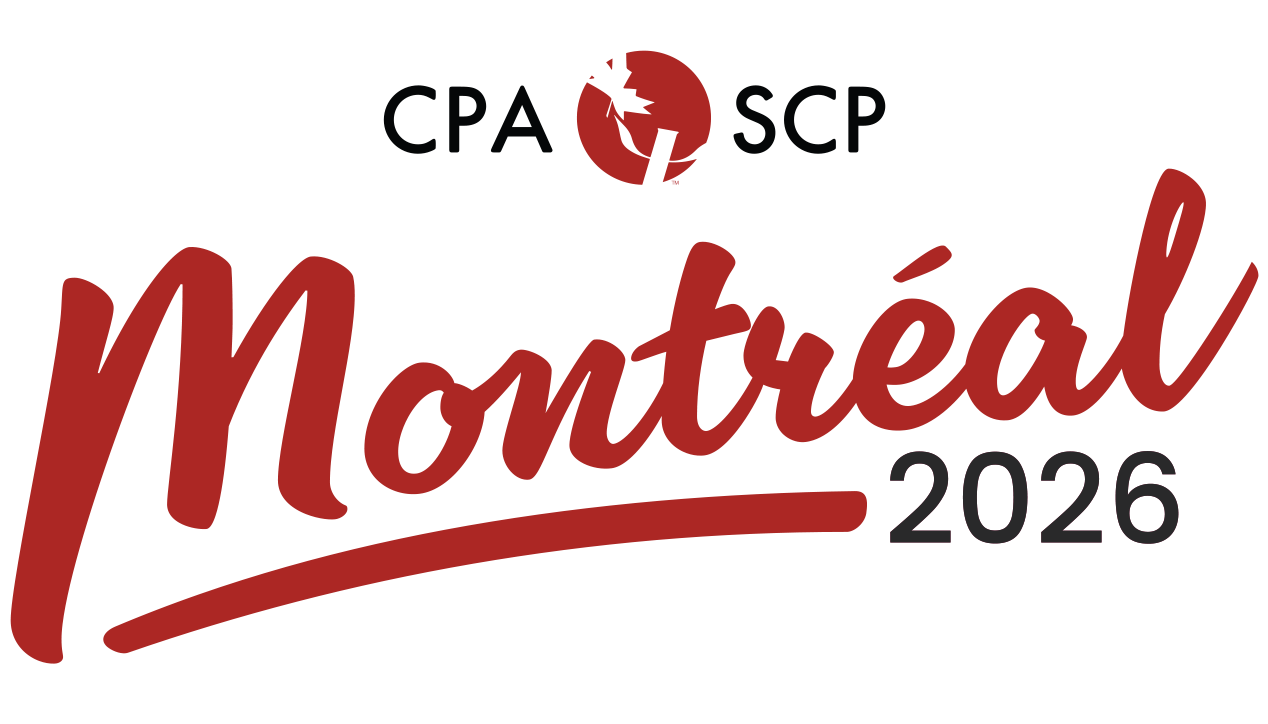This presentation will provide attendees with an introduction to a social-cognitive-developmental model of crime and delinquency that has implications for treatment and intervention. Sources of social influence include parents, peers, and the media, while cognition can be organized into thought process, thought content, and decision-making. Development, by contrast, is marked by the age-crime curve and a series of antecedent conditions that can lead to crime and delinquency—animal cruelty, school bullying, firesetting, and drug use, among them. Interventions that follow from the three principal model components can take one of two general forms or strategies: changing environments and building competencies. The current presentation will demonstrate how changes can take place in both the internal and external environments and how competencies can be built on a foundation of social, coping, and cognitive skills.


Recent Comments